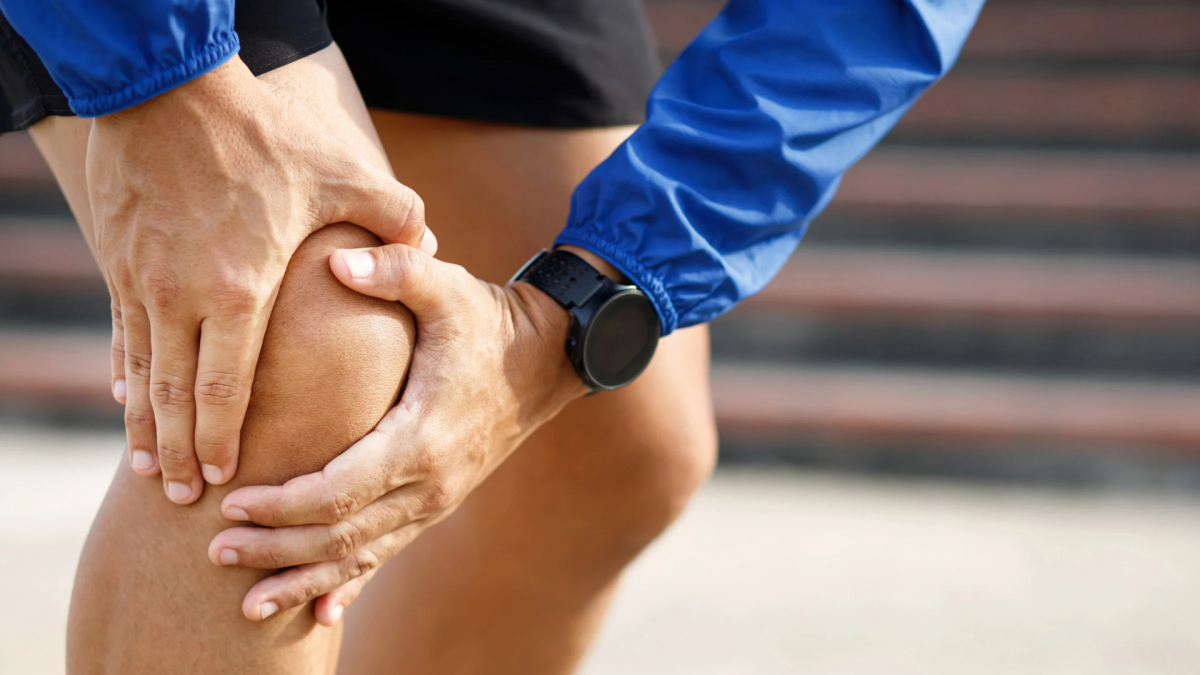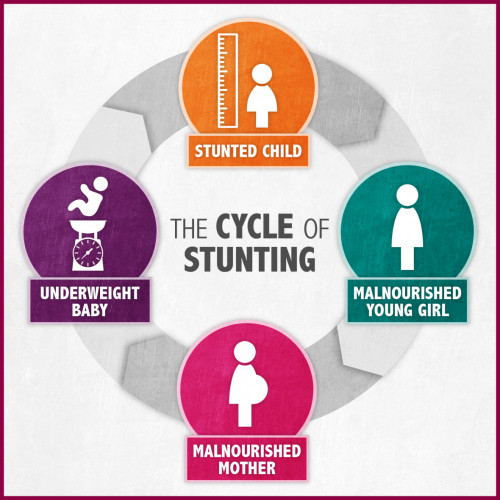When arthritis tries to slow you down, exercise can keep you moving. Exercise helps ease arthritis pain and stiffness. When starting an arthritis exercise, know what to do and how much to do for best results.

Picture 1. Illustration
Everyone needs exercise, but it's especially important for people with arthritis. Exercise increases strength and makes moving easier. Exercise reduces joint pain and helps fight fatigue. Even moderate exercise can ease pain and help you stay at a healthy weight. In short, when arthritis tries to slow you down, exercise can keep you moving.
Here are 5 Ways to Work Out with Arthritis:
- Start low, and go slow
When starting or increasing physical activity, start low and pay attention to how your body tolerates it. People with arthritis may take more time for their body to adjust to a new level of activity. If you are not active, start with a small amount of activity, for example, 3 to 5 minutes 2 times a day. Go slow. Add activity a little at a time (such as 10 minutes at a time) and allow enough time for your body to adjust to the new level before adding more activity.
- Modify activity when arthritis symptoms increase, try to stay active
Your arthritis symptoms, such as pain, stiffness, and fatigue, may come and go and you may have good days and bad days. Try to modify your activity to stay as active as possible without making your symptoms worse.
- Activities should be joint friendly
Choose activities that are easy on the joints like walking, bicycling, water aerobics, or dancing. These activities have a low risk of injury and do not twist or “pound” the joints too much.
- Recognize safe places and ways to be active
Safety is important for starting and maintaining an activity plan. If you are currently inactive or you are not sure how to start your own physical activity program, an exercise class may be a good option. If you plan and direct your own activity, find safe places to be active. For example, walk in an area where the sidewalks or pathways are level and free of obstructions, are well-lighted, have benches to rest if needed and are separated from heavy traffic.
- Talk to a health professional or certified exercise specialist
Your doctor is a good source of information about physical activity. Health care professionals and certified exercise professionals can answer your questions about how much and what types of activity match your abilities and health goals.
Don't overdo. You might feel some pain and stiffness after exercise if you haven't been active for a while. If exercise causes pain that lasts for more than 1 hour, it is too strenuous. People with arthritis should work with their physical therapist or healthcare provider to adjust their exercise program when they notice any of the following signs of strenuous exercise:
- Unusual or persistent fatigue
- Increased weakness
- Decreased range of motion
- Increased joint swelling
- Continuing pain (pain lasting more than 1 hour after exercising
References:
- Centers for Disease Control and Prevention. (2022). How Do I Exercise Safely with Arthritis?
- Mayo Clinic. (2023). Exercise helps ease arthritis pain and stiffness
- Very Well Health. (2022). How to Exercise When You Have Arthritis







